When it comes to photographing nature, it can pay to try something different. Tom Mason shows us a creative alternative to long-lens wildlife photography.
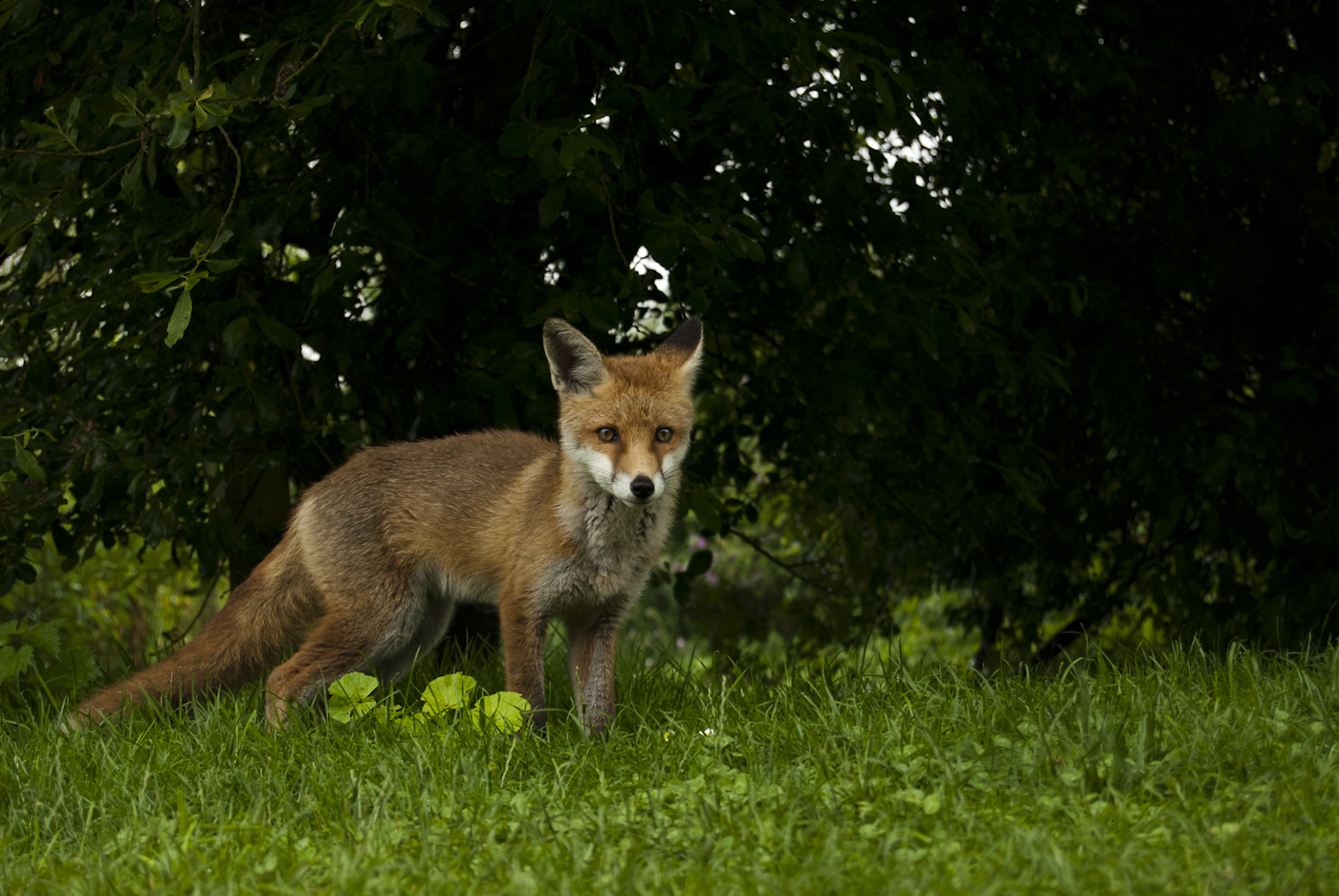
When I started out as a wildlife photographer, I thought everything revolved around long lenses. Looking at images and guides, they all suggested that I should get hold of a 300mm (or longer) lens, in order to help improve my wildlife photography. In all honesty, it was probably good advice, as long lenses are fantastic for bringing in distant subjects and isolating them from their background. Over the past few years, however, I have increasingly found myself drawn to using wider-angled lenses in order to capture the natural world.
Wideangle wildlife photography has been around for many years and is nothing new, but all too often it is overlooked when we think of photographing wildlife out in the field. I will admit that I have been a victim of always reaching for my longest lens in the past, rather than thinking about other possible wider options.
More and more I find myself reaching for the wider option and it is proving to be a wonderful addition to my creative arsenal. In order to help you get started in this fantastic new world of wildlife photography, I have put together some of my findings that I hope will allow you to create some stunning images of wildlife, up close and personal.
Ethics – be a good wildlife photographer!

We all want to create fantastic images and in this increasingly competitive field, the standards are consistently being raised, but this should never result in the fundamental good practices of wildlife photography being lost!
The subject always comes first. If an animal seems to be even slightly affected by your actions, it’s time to back off. As wildlife photographers, the welfare of our subjects is paramount; we are merely guests in nature’s domain and should always minimise any possible stress to our subjects. Personally I would recommend getting hold of a copy of the Royal Photographic Society’s ‘Nature Photographer’s Code of Practice’, familiarising yourself with it and keeping it in the bag. Not only does it serve as an excellent guideline for work in the field, but it can be produced to show and educate others. Being aware of your subject is vital in all aspects of wildlife photography, especially when trying to produce wideangle images.
(Sorry for the doom and gloom… but as a wildlife photographer, I strongly believe in the preservation and protection of subjects. An image can never be worth harm to a subject).
Equipment
One of the great things about wideangle wildlife photography is that a large percentage of photographers will already own most of the equipment required, making it accessible for everyone – even those on a budget!
Lenses
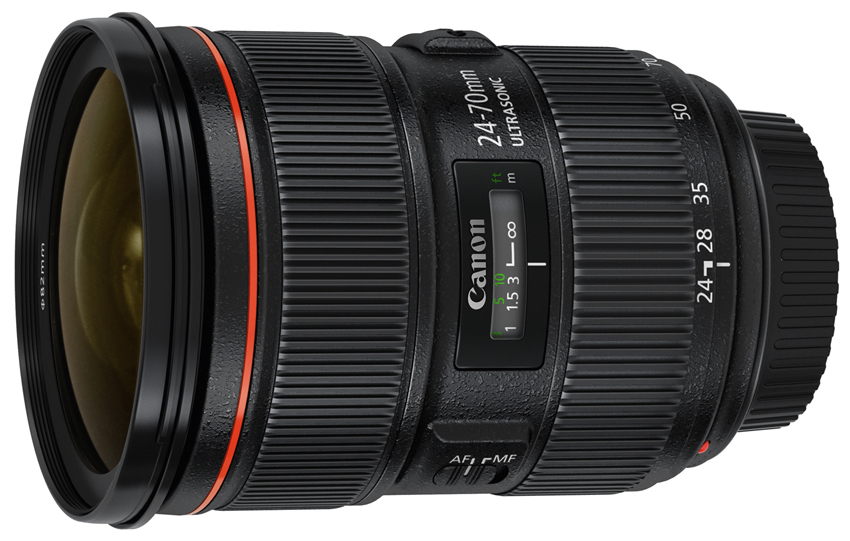
By definition, wideangle is any focal length below 50mm. Standard lenses offer a great way into the realm, with standard focal lengths of 18-55 or 24-70 providing plenty of scope for experimentation. More expensive lenses will offer benefits in terms of sharpness and performance in the corners but for most images, you will be looking to stop down to f8-f11 for maximum depth of field. So having the best glass becomes less of an issue.
Remote releases
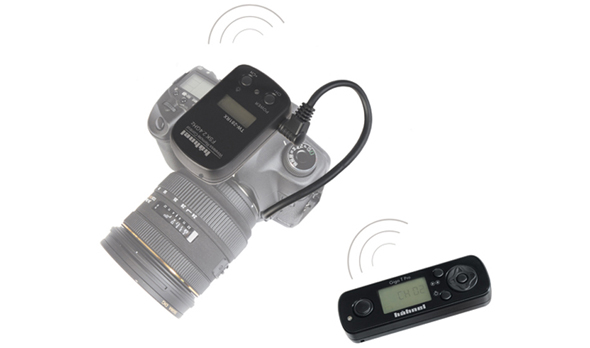
When working with wideangles and wildlife, it is not always possible to be holding the camera in order to get the shot you are after, which results in the photographer having to employ a remote release in order to assist in the firing of the shutter from a distance. There are three main types of remote release: corded, infrared and radio.
The corded system is the most reliable, but it is often dismissed due to its large weight and hassle to set up. Infrared triggers provide good working distances and the advantages of wireless operation, but need to have line of sight in order to function effectively. Radio triggers are the preference of many due to their wireless capability that functions through walls and without line of sight, often with extensive working ranges. Cheap models offer a great way to get started, but lack consistency in their design and can lead to failure with continued use. The more expensive models, such as Pocket Wizards, have brilliant functionality but come with a premium price attached.
Additional accessories
Over time I have found that carrying a few items in addition to my standard kit can help overcome many issues faced when working with remote cameras.
When working in the field, finding a way to position remote cameras can be difficult. If you have a mini tripod in your bag, however, you have a quick solution, allowing you to plant your camera on a firm support without having to resort to placing it on the ground. Manfrotto and Ultrapod offer some wonderful mini tripods that can hold a surprisingly heavy load.
In addition, Velcro cable organizing straps are perfect for holding remote-release units onto tripods, keeping them firmly in position without the need for tape. Of course, don’t forget a selection of plastic bags and elastic bands to produce makeshift covers for cameras, keeping them safe from the elements!
Technique
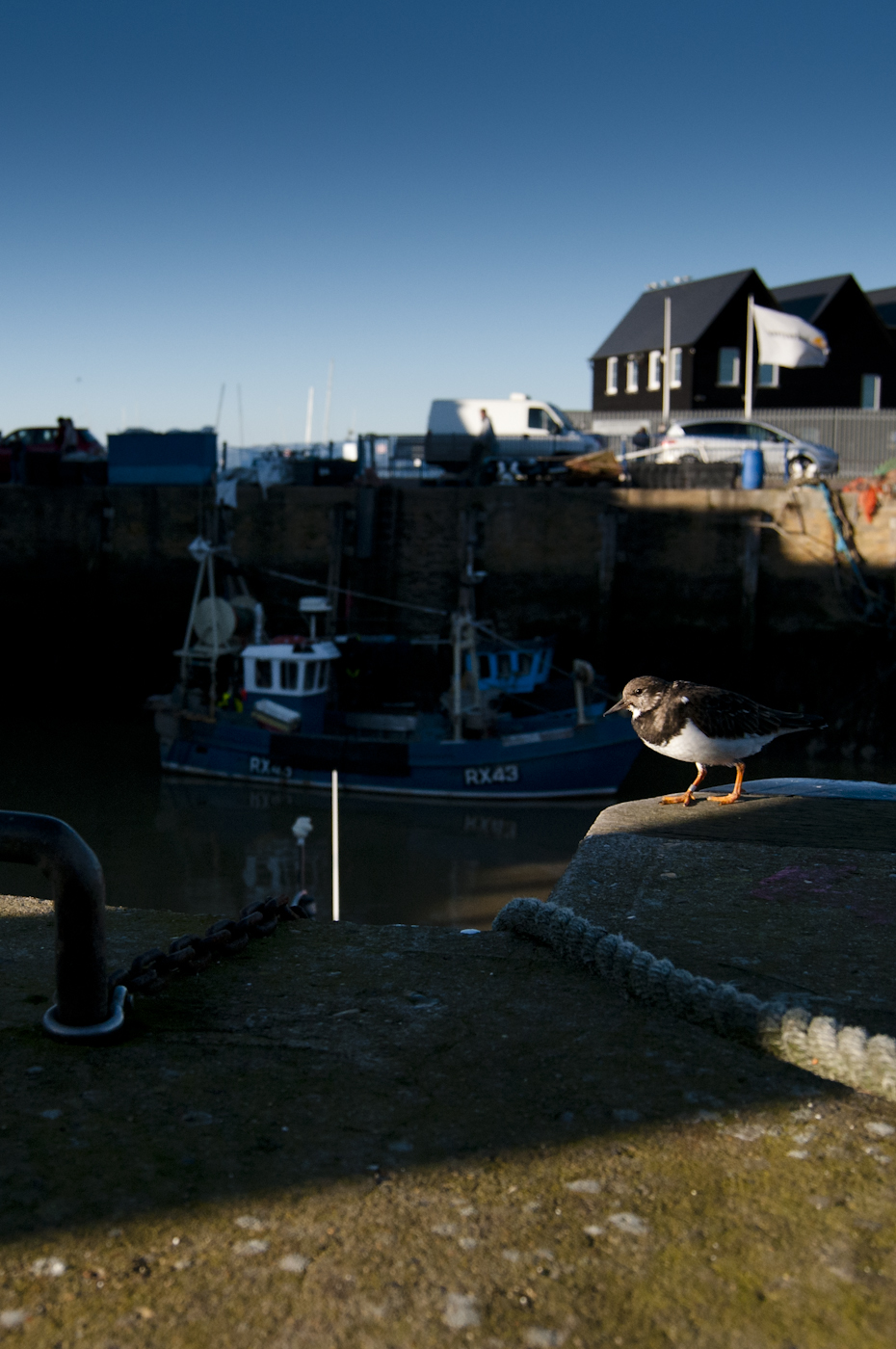
In order to get fantastic images of wildlife using wideangle lenses, first you need to get your camera very close to your intended subject. There are many possible ways to do this out in the field, most of which can be categorised into three main sections.
- Baiting (feeding): In simple terms, setting up your camera and providing an additional food source in order to attract your subject in front of the lens. This can be as basic as setting up your camera in your back garden trained on the feeders, all the way to cameras placed on the carcasses of dead animals to attract scavengers. This technique is highly reliable, but does require tempting animals in by changing the food availability in the natural environment. If you start feeding, especially during the winter months, be sure to carry on until alternative food sources are abundant to make sure your subjects are not left high and dry after you have your images. Working with remotes, feeding stations in the back garden can be an excellent introduction to wideangle wildlife photography.
- ‘Action spots’: If you know of an area where certain species pass through on a regular basis, setting up your camera and then waiting and triggering it from a distance can be a great alternative to baiting. Due to the lack of bait, you are completely reliant on your subjects happening to walk past in just the right position, but due to the lack of change to the environment, it is less intrusive. If waiting and triggering is a little tedious, there are a number of devices that use infrared beams to automatically trigger the camera to fire when broken by a passing animal – excellent for capturing images on a well-used track or path.
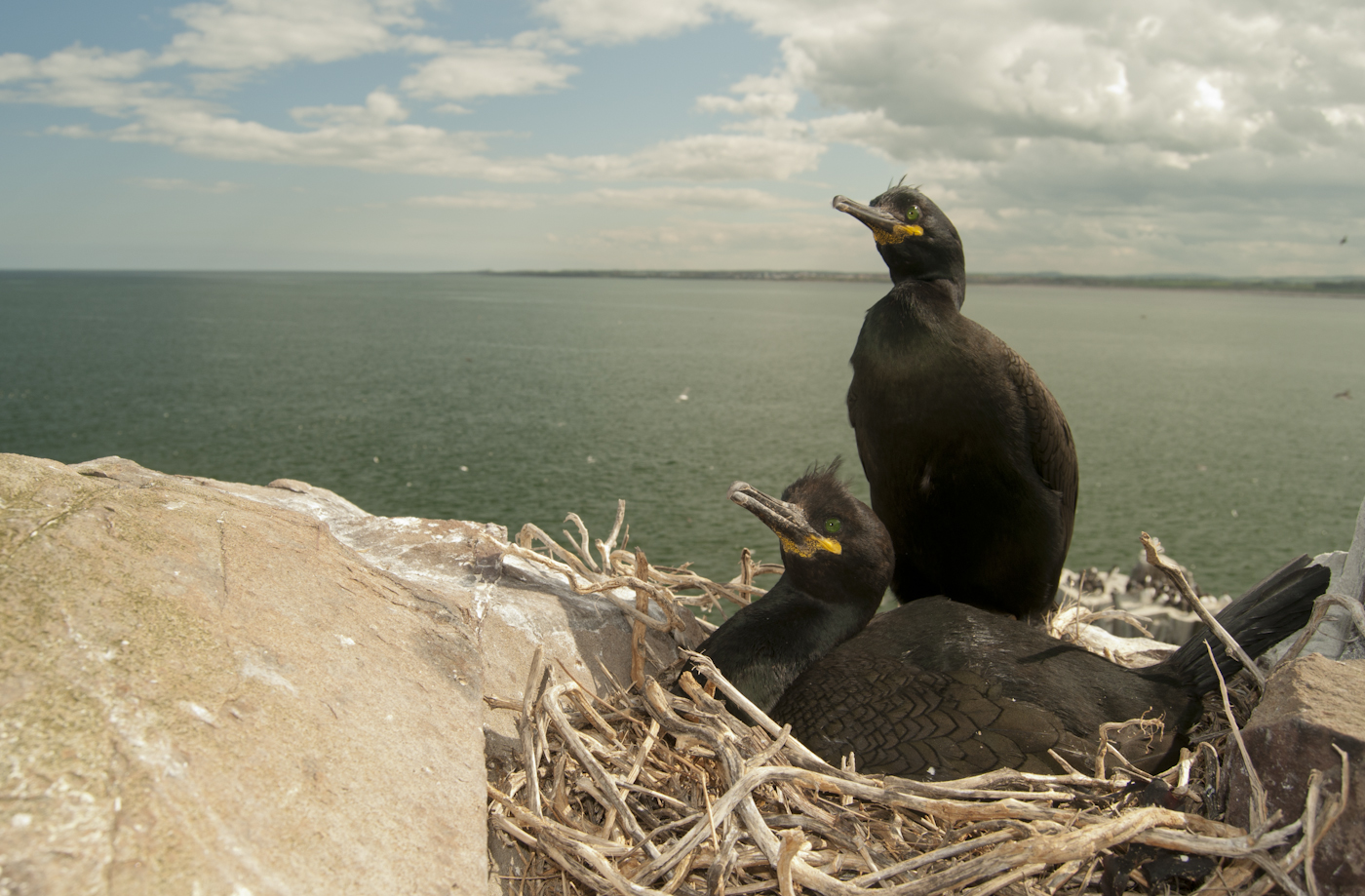
- Up close and personal: There are many locations and species that are often happy to allow wideangle images to be taken of them without the need for triggers, devices or additional kit. Sea bird colonies, for example, are often very trusting and it is easy to get within touching distance of a range of species. Other great locations include local parks or gardens, where wildlife is more accustomed to human presence. These allow excellent opportunities for you to develop and improve your skills. Remember to be considerate of your subject and only work with the same individuals for a short while before moving on in order to reduce disturbance. Working in close quarters with animals can be an amazing experience, not only for the resulting images but just in terms of sharing a moment with nature. When in these situations, remember to look up and enjoy what is right in front of your lens, because often these moments will stay with you for life!
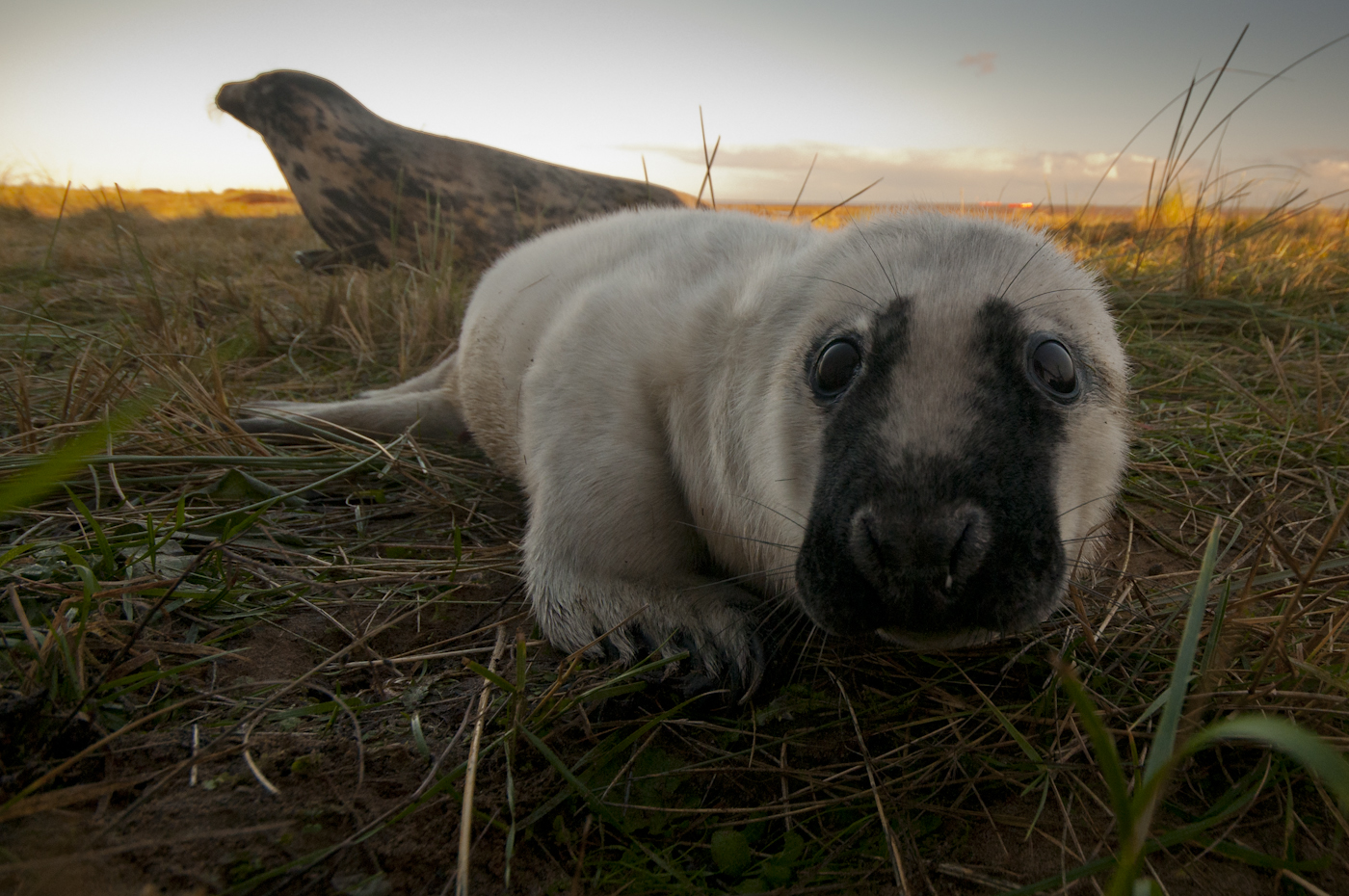
Setting up cameras in position can take time and patience, as you will most likely need to manually set the exposure to ensure the best results. Take your time and be sure to preview a few images to make sure the focus and setting are correct. One thing I have done in the past is carry a small cuddly toy in my camera bag to act as a test subject when setting up cameras; it may sound silly but it is a great way to establish relative size and positioning. Oh and ALWAYS make sure you have switched on your remote-release receiver on the camera; I can assure you from past experience that there is nothing worse that seeing your subject pop out right in front of your camera, only to be horrified when pressing the trigger fails to fire the shutter!
Conclusion
Photographing wildlife with wideangle lenses can be a fantastic way to add impact to your images and reveal the intimate nature of your subject. Using remote cameras or working closely with a subject can offer a way to see the intimate life of the world around us and produce images that not only reveal something about the animal in question, but draw in the viewer in a way that telephoto photography often fails to do.
Have fun and be creative, but remember that your subject should ALWAYS be top priority!
About the Author
Tom Mason is an up-and-coming wildlife and nature photographer from Hertfordshire. He has worked on a number of projects both in the UK and abroad and is passionate about the natural world. For more information on Tom check out his blog or follow him on Twitter.
Related Links
How to shoot black and white wildlife photography
How to photograph wildlife in your garden
7 tips for perfect composition

